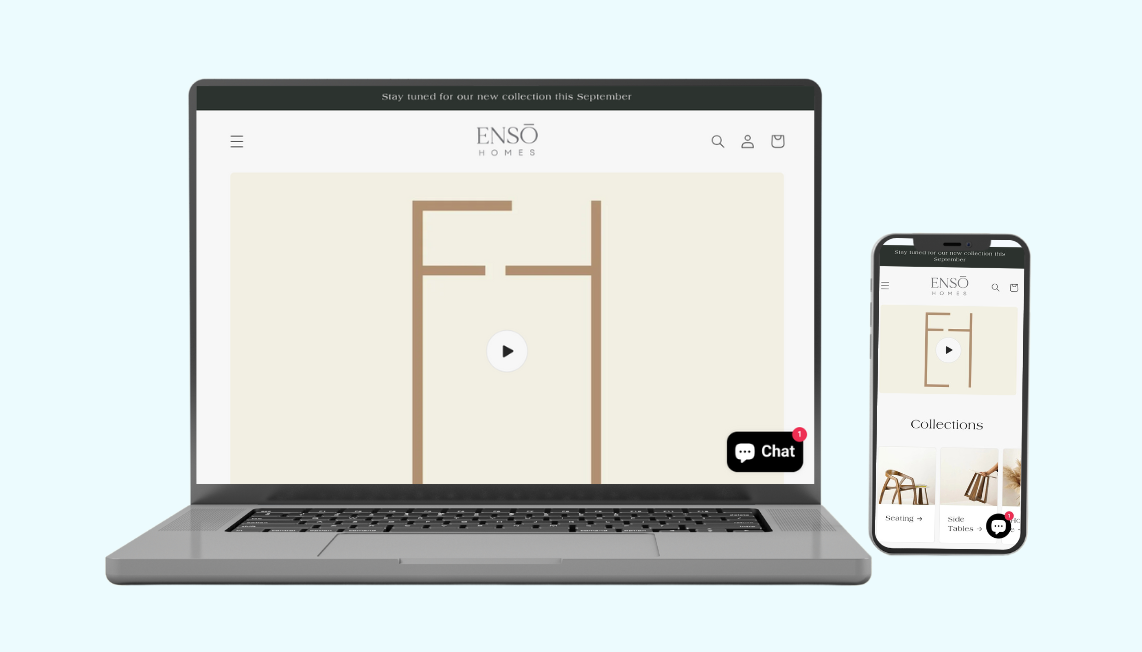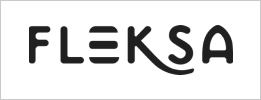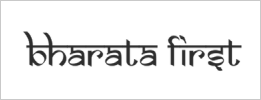Microblogging is a form of brief content publishing where users share short messages; updates or media with their audience. Characterized by its concise format; microblogging platforms typically limit post length while encouraging frequent; real-time communication.
Twitter pioneered this format with its original 140-character limit (now expanded to 280); while other platforms like Tumblr; Mastodon and Instagram have adopted variations of the microblogging concept. These platforms combine social networking features with streamlined content creation; enabling rapid information dissemination.
For digital marketers; microblogging offers unique advantages: immediate audience engagement; trend participation through hashtags; concise messaging that demands creativity; wide reach potential through sharing mechanics and real-time event coverage capabilities.
Effective microblogging strategies include consistent posting schedules; authentic brand voice development; strategic hashtag usage; visual enhancement through images or videos; audience interaction through questions and replies; and trend monitoring for timely relevance.
Performance measurement focuses on engagement metrics (likes; shares; comments); follower growth; click-through rates to linked content; hashtag performance and sentiment analysis. Advanced strategies incorporate microblog threads for extended storytelling; platform-specific features like Twitter Polls or Fleets; and integration with broader content marketing initiatives.
As attention spans decrease and mobile consumption increases; microblogging remains valuable for brands seeking to maintain visibility in crowded digital environments.
























Michael Smith
-